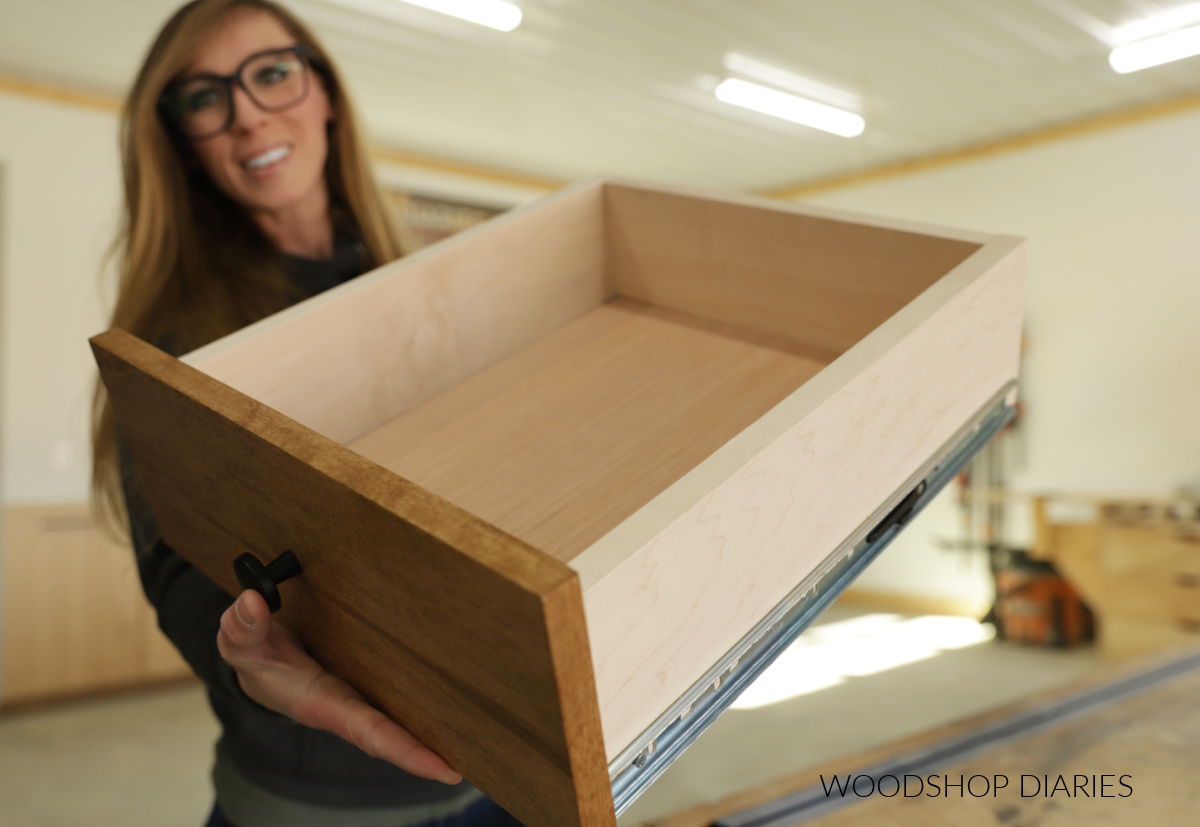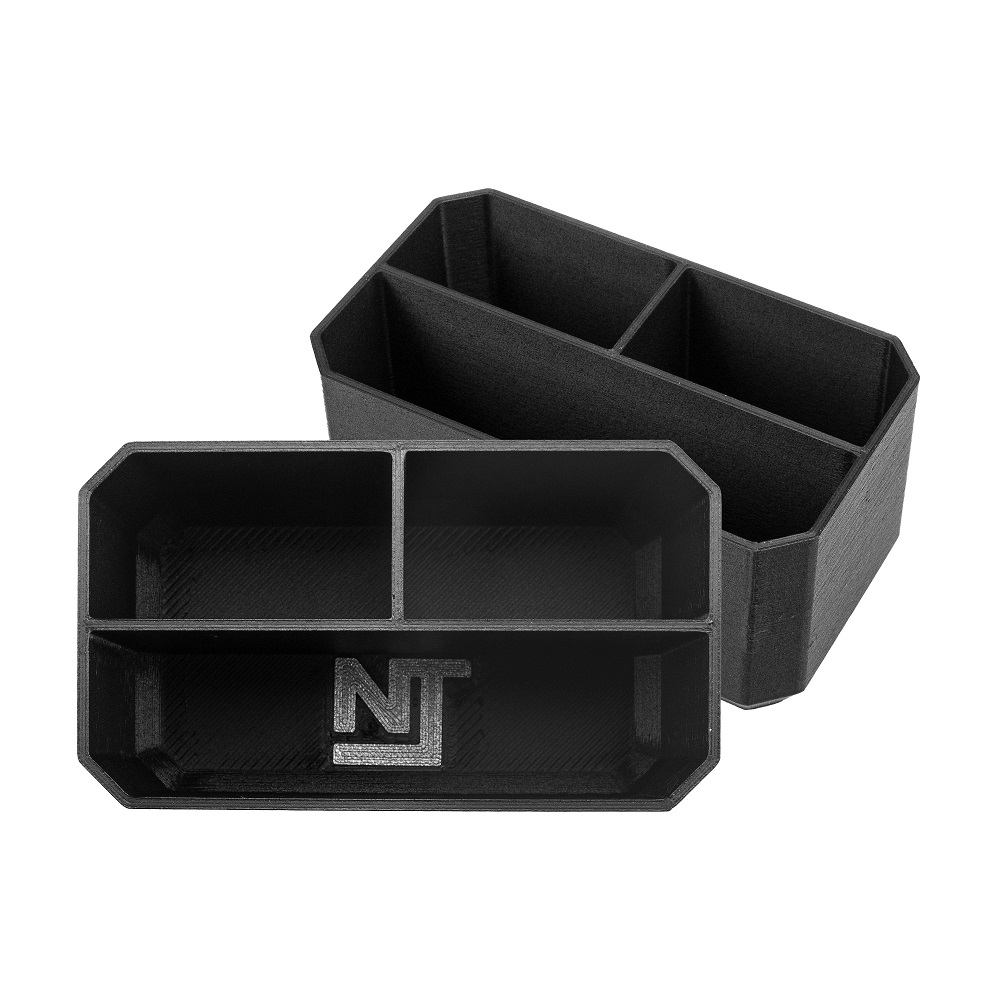Introduction: Celebrating the Artistry of Woodworking
Woodworking is a timeless craft that embodies precision, creativity, and dedication to quality craftsmanship. From handcrafted furniture to intricate cabinetry, woodworking artisans have long been revered for their ability to transform raw materials into works of art. In this exploration, we delve into the art of woodworking by focusing on the meticulous process of building a perfect drawer from scratch.
Selecting the Right Materials: Choosing Quality Wood
The foundation of any woodworking project is the selection of high-quality materials. When building a drawer from scratch, it’s essential to choose a durable and aesthetically pleasing wood species that will withstand the test of time. Popular choices include hardwoods such as oak, maple, and cherry, known for their strength, stability, and beautiful grain patterns. Selecting wood with minimal defects and consistent coloration ensures a flawless finish and enhances the overall appearance of the drawer.

Precision Measuring and Cutting: Setting the Foundation
Achieving precise measurements and clean cuts is crucial for building a perfect drawer that fits seamlessly into its intended space. Woodworkers meticulously measure and mark each piece of wood to ensure accuracy before making precise cuts using saws, such as table saws or miter saws. Consistent and straight cuts are essential for creating tight-fitting joints and achieving a professional-quality finish.
Dovetail Joinery: Mastering the Art of Joinery
Dovetail joinery is a hallmark of fine woodworking and is commonly used in drawer construction for its strength, durability, and aesthetic appeal. Woodworkers carefully cut interlocking dovetail joints using specialized tools, such as dovetail saws and chisels, to create a tight and secure connection between the drawer front, sides, and back. The precision and skill required to execute dovetail joints demonstrate the mastery of the woodworking craft and result in drawers that are not only functional but also beautiful in their design.

Assembly and Gluing: Bringing the Pieces Together
Once all the components of the drawer have been cut and fitted together, woodworkers proceed to assemble the drawer using wood glue and clamps. The application of glue to the joints ensures a strong bond between the wood pieces, while clamps hold everything in place as the glue dries. Attention to detail during the assembly process is critical to ensure that the drawer is square, level, and free from gaps or imperfections.
Sanding and Finishing: Achieving a Smooth Surface
After the glue has dried, woodworkers meticulously sand the surfaces of the drawer to achieve a smooth and uniform finish. Starting with coarse-grit sandpaper and gradually progressing to finer grits, they remove any rough spots, tool marks, or imperfections from the wood surface. This painstaking process not only enhances the appearance of the drawer but also prepares the wood for the application of stains, sealants, or finishes that protect and enhance its natural beauty.
Installing Hardware: Adding the Final Touches
The final step in building a perfect drawer is the installation of hardware, such as drawer pulls, knobs, or handles. Careful consideration is given to the style, size, and placement of hardware to ensure that it complements the overall design aesthetic of the drawer. Whether opting for sleek and modern hardware or traditional and ornate designs, woodworkers meticulously drill holes and attach hardware to complete the functional and aesthetic aspects of the drawer.

Quality Inspection and Testing: Ensuring Excellence
Before the drawer is deemed complete, woodworkers conduct a thorough quality inspection to ensure that it meets their exacting standards of excellence. They carefully examine each joint, surface, and edge for any defects or imperfections, making any necessary adjustments or refinements to achieve perfection. Additionally, they test the functionality of the drawer by opening and closing it multiple times to ensure smooth operation and proper alignment within the cabinetry or furniture piece.
Embracing Tradition: Honoring the Legacy of Woodworking Masters
The art of woodworking has a rich history that spans centuries, with woodworking masters from around the world leaving behind a legacy of timeless craftsmanship. From the intricate marquetry of the Renaissance period to the elegant joinery of Japanese woodworking traditions, each culture has contributed unique techniques and styles to the art of woodworking. By studying the techniques and designs of woodworking masters past and present, contemporary woodworkers can gain insights and inspiration to elevate their own craft and carry forward the tradition of excellence in woodworking.

Continuous Learning and Improvement: Cultivating Skills and Expertise
Woodworking is a lifelong journey of learning and improvement, requiring dedication, practice, and a willingness to embrace new challenges. Seasoned woodworkers understand the importance of continually honing their skills and expanding their knowledge through workshops, classes, and apprenticeships. By pushing the boundaries of their abilities and exploring new techniques and technologies, woodworkers can elevate their craft to new heights and achieve mastery in their chosen discipline.
Passing on the Craft: Nurturing Future Generations of Woodworkers
As woodworking enthusiasts, artisans, and professionals, it is our responsibility to pass on the craft to future generations and inspire a new wave of woodworking enthusiasts. By mentoring aspiring woodworkers, sharing knowledge and expertise, and fostering a sense of community and camaraderie, we can ensure that the tradition of woodworking continues to thrive for years to come. Whether teaching woodworking classes, volunteering at woodworking clubs, or simply sharing our passion for the craft with others, we can make a meaningful impact on the future of woodworking.
Embracing Sustainability: Responsible Stewardship of Natural Resources
In an era of increased environmental awareness, sustainability has become a critical consideration in woodworking practices. Responsible stewardship of natural resources, such as using sustainably sourced wood and minimizing waste, is essential for preserving the integrity of forests and ecosystems for future generations. Woodworkers can adopt eco-friendly practices such as using reclaimed wood, recycling scraps, and choosing non-toxic finishes to reduce their environmental footprint and promote sustainable woodworking practices.

Conclusion: Embracing the Art of Woodworking
Building a perfect drawer from scratch is a testament to the artistry, skill, and dedication of woodworking artisans. From selecting quality materials to mastering joinery techniques and achieving flawless finishes, every step in the process requires precision, patience, and attention to detail. As we celebrate the craftsmanship and creativity of woodworking, let us continue to honor the timeless tradition of handcrafted excellence and embrace the beauty of fine woodworking in our homes and lives.










